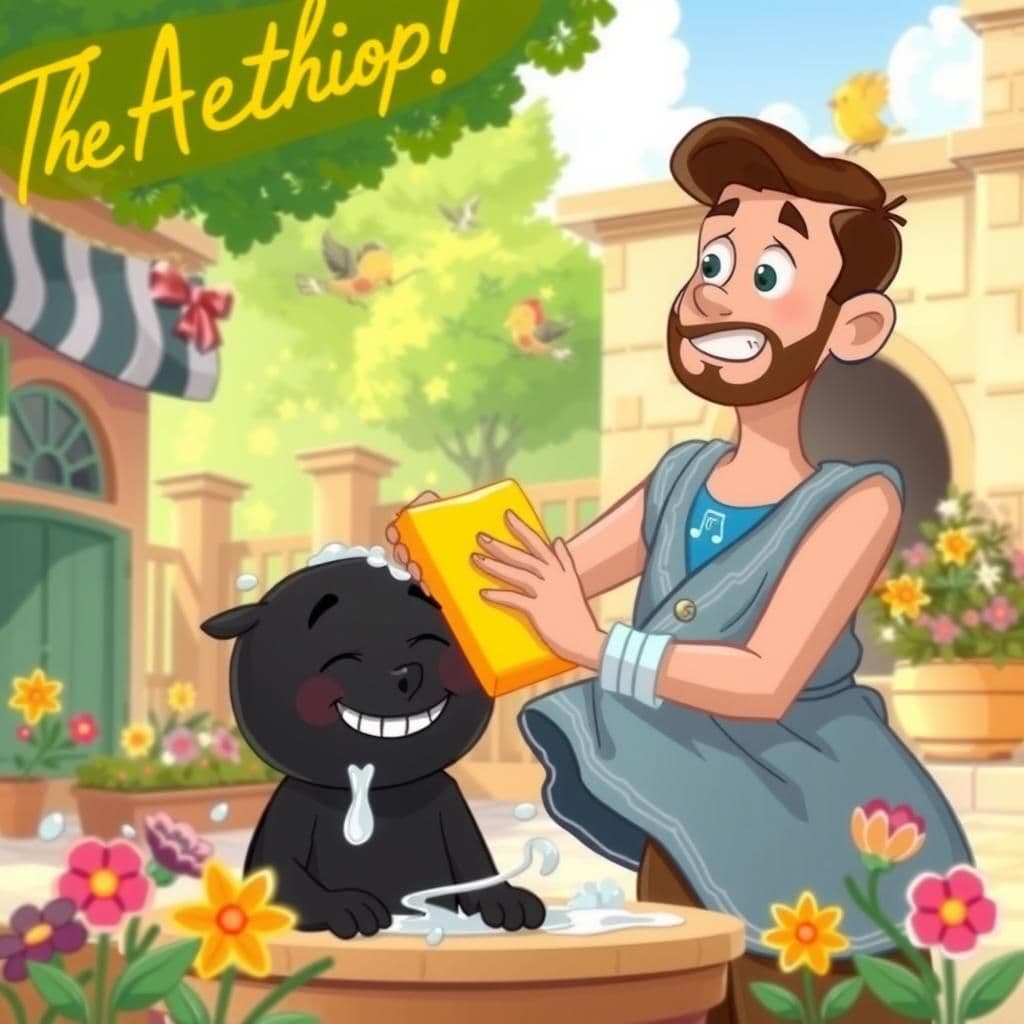A Racial Parallel

Story Summary
In "A Racial Parallel," a group of White Christians in an American town, driven by simple moral stories of cultural superiority, attempts to expel their Chinese neighbors. When they translate an editorial from a Peking newspaper that calls for driving out foreign invaders, their outrage escalates, leading to the fulfillment of their intent to drive out the Chinese community. This engaging moral tale highlights the consequences of prejudice and the dark side of moral absolutism in childhood stories with moral lessons.
Click to reveal the moral of the story
The story illustrates the hypocrisy of intolerance, revealing how those who condemn others for their beliefs often mirror the very same prejudices they oppose.
Historical Context
This story reflects the historical tensions between Western colonial powers and Asian cultures, particularly during the late 19th and early 20th centuries when anti-foreign sentiment was prevalent in China, exemplified by movements like the Boxer Rebellion. The narrative is a critique of xenophobia and cultural imperialism, often seen in American literature of the time, such as in works by authors like Mark Twain and Frank Norris, who addressed the moral and ethical implications of racism and colonialism. The retelling emphasizes the irony of misunderstanding and the consequences of cultural arrogance, illustrating the clash of civilizations during this period.
Our Editors Opinion
This story highlights the dangers of xenophobia and the dehumanization of those perceived as "others," a theme that resonates in today's discussions about immigration and cultural acceptance. For instance, a modern scenario could involve a community rallying against a group of refugees, fueled by fear and misunderstanding, only to discover that the refugees are seeking safety from violence and persecution, illustrating the need for empathy and dialogue over prejudice and hostility.
You May Also Like

The Fogy and the Sheik
In "The Fogy and the Sheik," a Fogy living near a caravan route discovers a Sheik boring for water, believing it will create an oasis that attracts caravans. The Sheik, however, warns that this could provide the Fogy with the opportunity to steal from the caravans. Ultimately, they come to a mutual understanding, exemplifying the simple lessons from stories that highlight the wisdom in recognizing different perspectives, a theme often found in well-known moral stories.

The Blotted Escutcheon and the Soiled Ermine
In "The Blotted Escutcheon and the Soiled Ermine," two figures confront societal judgment in this concise moral story. The Blotted Escutcheon defends his spotted appearance as a noble trait linked to his ancestry, while the Soiled Ermine embraces his inherent dirtiness, highlighting themes of identity and acceptance. This moral short story invites readers, especially kids, to reflect on the nature of self-worth and the judgments imposed by society.

The Aethiop
In "The Aethiop," a man naively purchases a black servant, believing that his skin color is simply dirt that can be scrubbed away. Despite his relentless efforts, the servant's complexion remains unchanged, illustrating the life-lesson that inherent traits cannot be altered by external means. This short story with moral serves as a poignant reminder that what is bred in the bone will stick to the flesh, making it a compelling addition to uplifting moral stories and fable stories with moral.
Other names for this story
"Echoes of Intolerance, Clash of Cultures, The Cost of Prejudice, Divided by Faith, Unmasking Bigotry, Shadows of Racism, Cultural Collision, Foreign Devils Unveiled"
Did You Know?
This story highlights the irony of cultural misunderstanding and xenophobia, as the White Christians, who view themselves as civilized, are provoked by a foreign call to resistance, yet their own actions reflect a brutal intolerance that mirrors the very barbarity they condemn. It emphasizes the cyclical nature of violence and prejudice in human interactions across different cultures.
Subscribe to Daily Stories
Get a new moral story in your inbox every day.